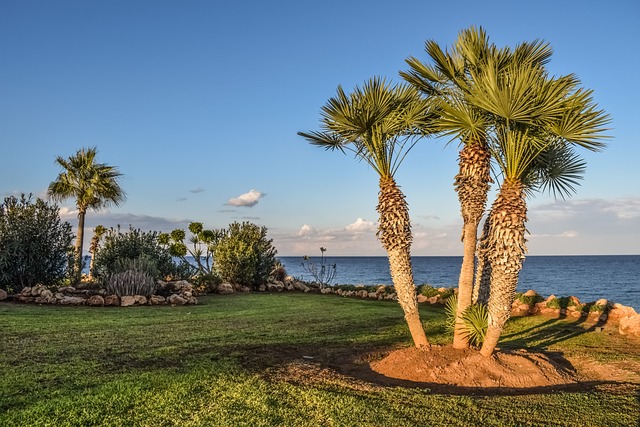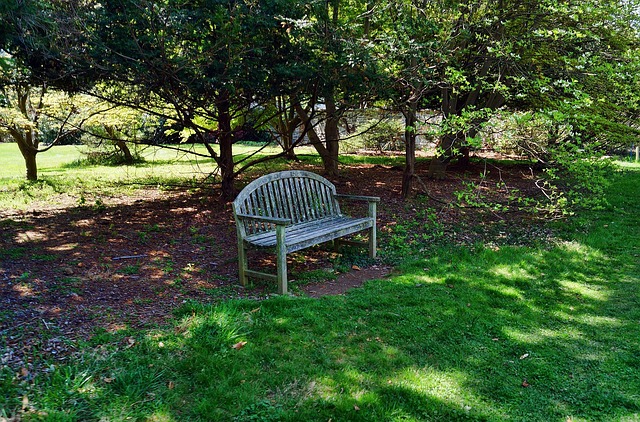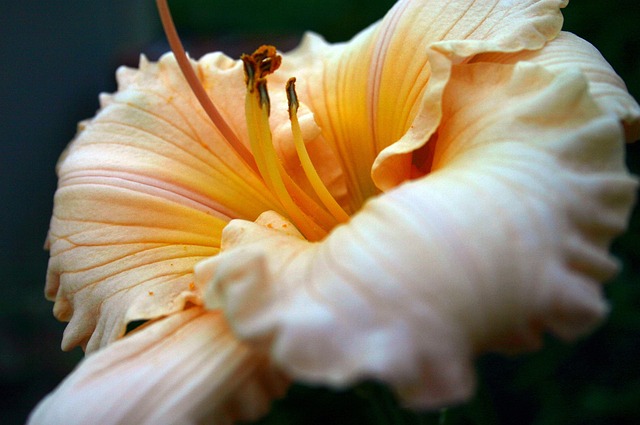In Portland, OR, xeriscaping is a popular and sustainable landscaping practice that conserves water using native plants and efficient irrigation systems. This approach captures rainwater, promotes natural drainage, and reduces evaporation, making it an energy-efficient and cost-effective solution during growing water scarcity. By transitioning to drought-resistant techniques like xeriscaping, Portland can maintain its lush greenery while conserving water, fostering biodiversity, and minimizing pollution in local water bodies. Designing a drought-tolerant yard requires understanding local climate and soil conditions, incorporating native plants, and using efficient watering methods like drip irrigation or soaker hoses. Maintaining these gardens involves minimal care, regular weeding, mulching, and conservative water usage, ensuring Portland's landscaping thrives while conserving water resources.
In the face of increasing drought conditions, xeriscaping—a water-efficient landscaping practice—is gaining popularity in Portland, Oregon. This approach not only conserves water but also creates vibrant, low-maintenance gardens that thrive in the region’s unique climate. Understanding xeriscaping and its benefits for Portland’s landscape can transform backyards into resilient oases. From plant selection to design strategies, this guide equips homeowners with tools to create drought-resistant yards, ensuring a sustainable and beautiful outdoor space.
- Understanding Xeriscaping: A Drought-Resistant Approach
- The Benefits of Low-Water Landscaping in Portland, OR
- Plants and Trees Suitable for Portland's Drought Conditions
- Designing Your Drought-Tolerant Yard: Tips and Tricks
- Maintenance and Care for Healthy Drought-Resistant Gardens
Understanding Xeriscaping: A Drought-Resistant Approach
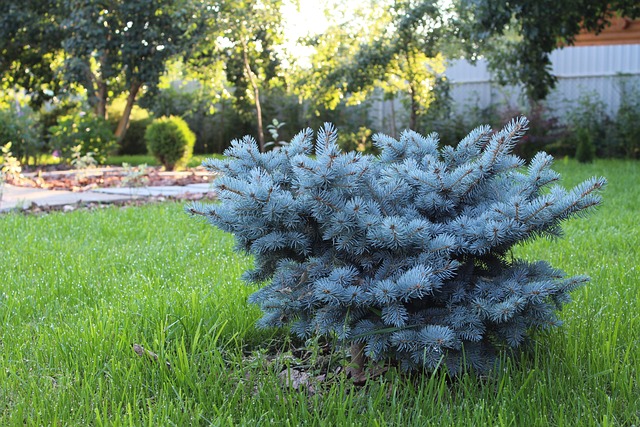
Xeriscaping is an innovative and sustainable landscaping practice that has gained popularity in Portland, OR, due to its ability to minimize water usage while creating beautiful, low-maintenance outdoor spaces. This approach focuses on using native plants and drought-tolerant species, strategic watering techniques, and efficient irrigation systems to reduce the demand for water in urban areas. By adopting xeriscaping principles, Portland residents and landscaping professionals can contribute to a more resilient and environmentally friendly urban landscape.
In the face of increasing droughts and water scarcity, xeriscaped gardens offer a practical solution. These landscapes are designed to capture and retain rainwater, promote natural drainage, and reduce evaporation, ensuring that plants receive the necessary moisture without excessive watering. This method not only conserves water but also reduces the energy required for irrigation, making it an attractive option for those looking to create sustainable and cost-effective Portland OR landscaping designs.
The Benefits of Low-Water Landscaping in Portland, OR
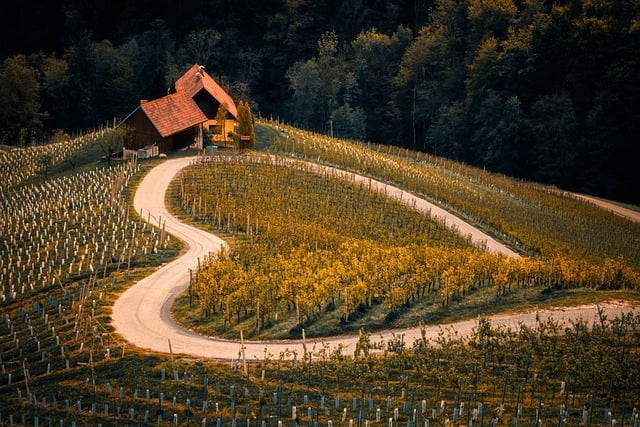
In Portland, OR, adopting low-water landscaping practices offers numerous advantages for both residents and the environment. As a city known for its lush greenery, transitioning to drought-resistant techniques is not just about water conservation but also ensuring the long-term health of local ecosystems. By implementing xeriscaping, Portlanders can create beautiful outdoor spaces that thrive in dry conditions, reducing the reliance on frequent irrigation. This approach is particularly beneficial during prolonged droughts, where water scarcity can stress traditional landscapes and increase fire risks.
Low-water landscaping promotes biodiversity by encouraging native plant species adapted to Oregon’s climate. These plants require less maintenance and water, making them ideal for Portland’s challenging weather patterns. Moreover, this method reduces the need for chemical fertilizers and pesticides, thereby minimizing pollution in local water bodies. With proper design and selection of drought-tolerant plants, grasses, and shrubs, residents can enjoy vibrant and sustainable outdoor areas that contribute to a more resilient and ecologically balanced Portland, OR, landscape.
Plants and Trees Suitable for Portland's Drought Conditions

In Portland, Oregon, drought conditions can be challenging for traditional landscaping. However, xeriscaping—a water-efficient approach that focuses on native plants and reduced outdoor watering—has become increasingly popular as a sustainable solution. Plants suitable for Portland’s climate are well-adapted to lower moisture levels and often thrive in sunny spots with good drainage. Examples include Oregon grape (Mahonia aquifolium), Pacific rhododendron (Rhododendron macrophyllum), and salmonberry (Fragaria chiloensis), all of which are native to the region and require minimal maintenance.
Trees such as the western redbud (Cercis canadensis var. glauca) and big-leaf maple (Acer macrophyllum) are also drought-resistant and add aesthetic appeal. These species not only endure dry spells but also provide valuable habitat for local wildlife. By selecting these native plants and trees, Portland OR landscaping can be both beautiful and sustainable, contributing to the overall health of the region’s ecosystem.
Designing Your Drought-Tolerant Yard: Tips and Tricks
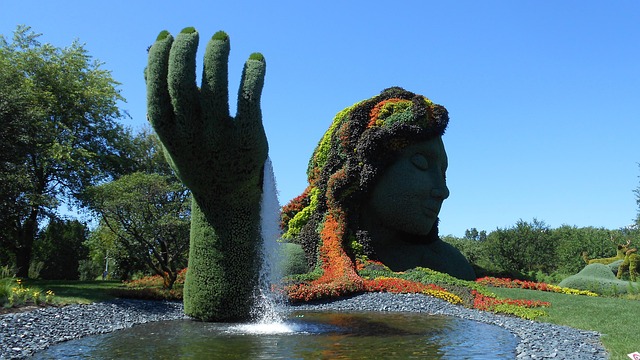
When designing a drought-tolerant yard in Portland, Oregon, start by considering your climate and soil conditions. Native plants are an excellent choice for Portland’s specific ecosystem, as they require less water and provide essential habitats for local wildlife. Incorporate a mix of perennials, shrubs, and grasses that can withstand dry spells. For example, Oregon grape, western columbine, and big-leaf lupine are beautiful and low-maintenance options.
Make sure to choose plants with different bloom times to keep your garden vibrant throughout the year. Grouping plants with similar water needs together will also help conserve moisture. Consider implementing a drip irrigation system or soaker hoses to deliver water directly to plant roots, reducing evaporation and waste. Additionally, mulching around plants can help retain soil moisture, suppress weeds, and regulate temperatures.
Maintenance and Care for Healthy Drought-Resistant Gardens

Maintaining a drought-resistant garden in Portland, OR, requires minimal care and water conservation practices. After establishing your xeriscaped landscape, regular weeding is essential to prevent competition for resources. Mulching around plants helps retain soil moisture, suppresses weeds, and regulates soil temperature. During dry spells, deep watering less frequently but thoroughly can encourage deep root growth in drought-tolerant plants. This promotes a robust and healthy garden that requires less frequent maintenance.
In addition to practical care, selecting the right plants for your Portland climate is key. Native species are well-adapted to local conditions and often require less irrigation. Consider drought-resistant shrubs, perennials, and grasses suitable for Oregon’s mediterranean climate. Regular monitoring of soil moisture levels and adjusting watering schedules accordingly ensures your garden thrives while conserving water resources, a significant benefit for Portland OR landscaping during prolonged dry periods.
Xeriscaping, or drought-resistant landscaping, is not just a trend but an essential practice for Portland, OR, residents to adapt to our changing climate. By adopting these strategies, we can reduce water usage, create beautiful and low-maintenance yards, and contribute to the city’s overall sustainability. With the right plants, design, and care, it’s possible to have a lush, vibrant garden that thrives even during dry periods, ensuring Portland OR landscaping remains both aesthetically pleasing and eco-friendly.


